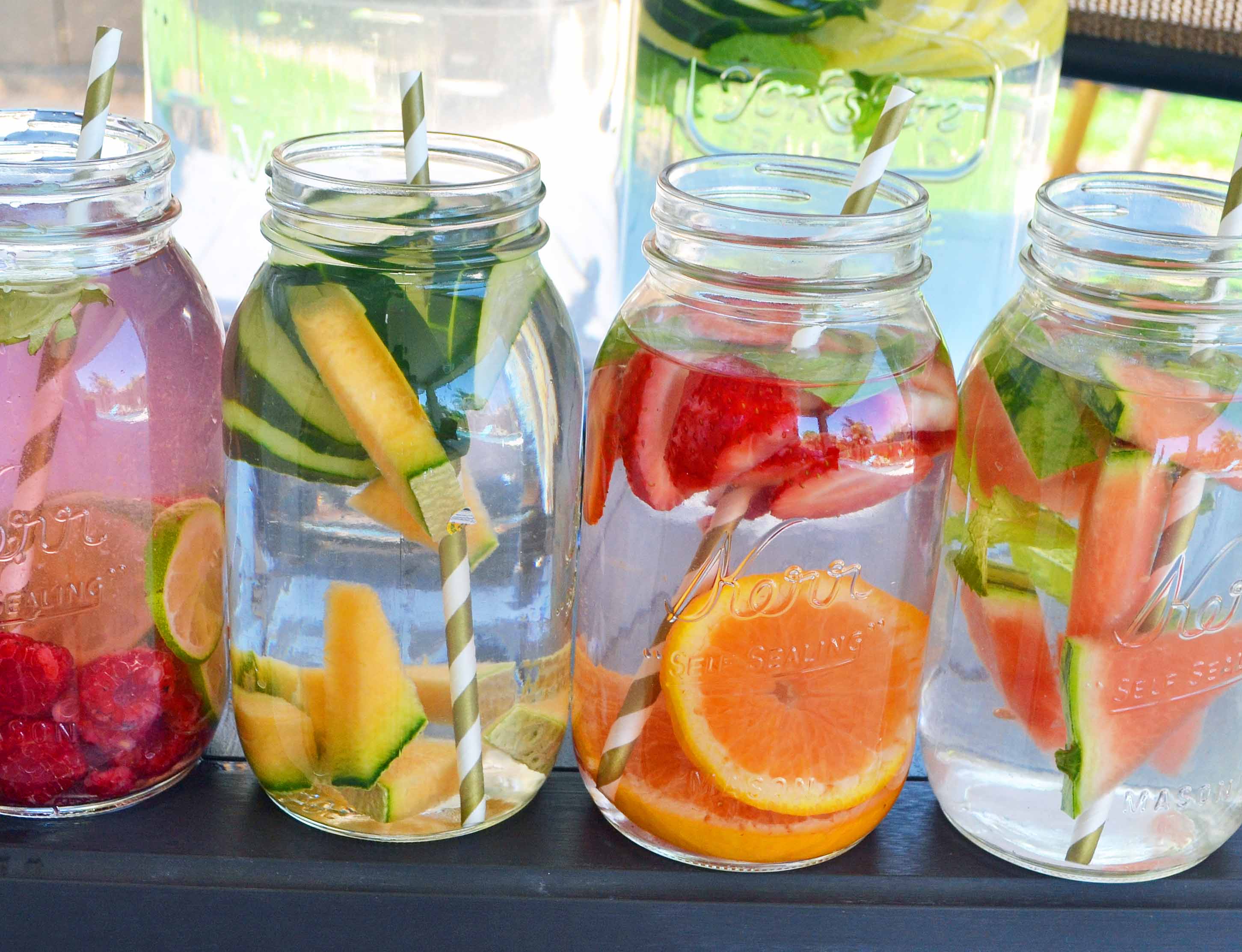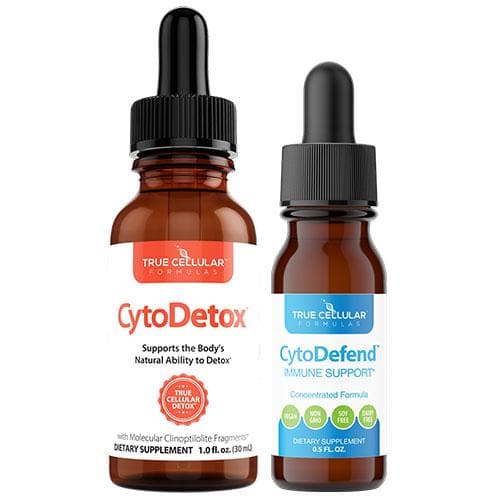
All of us are told to eat a healthy meal. What do food labels really mean? Basically, they tell us how much food has certain nutrients, and whether it is balanced. These guidelines will help us ensure that we are getting the right amount of nutrients. These are six facts that you should be aware of when reading food labels. These are essential for your finances and health. Know what they mean and keep them handy when shopping.
Let's begin by discussing what food labels are. Food labels usually list the ingredients, in decreasing order of their weight. Each ingredient should contain all of the essential nutrients. Then, they list any artificial ingredients. It means the food does not contain sugar. This doesn't necessarily mean it doesn't have natural sugars. It also means that the food contains no preservatives, or additives.
Lastly, food labels are essential for maintaining good health. You can easily find out what's on the food you're buying. You can find the nutritional information you need on food labels. For example, you can see if a product is high in vitamin A or vitamin C, or if it contains iron or calcium. You can make the best decisions for your health by knowing what is in a particular food.
These are only a few examples of the many important ingredients that are vital for your health. Every product must contain a description of the ingredients. You must read all labels carefully to ensure accurate nutrition. Knowing these details will help make better choices. Don't be afraid asking questions about nutritional information and other details on food labels.
It is vital for your health to have a food label. You can use it to choose the best food for your body type and goals. It will help you avoid unhealthy foods and unnecessary calories. A nutrition label can also help you to make a healthy diet. It's crucial that you carefully read labels in order to know what is in each food. You can make informed choices about your health by reading labels. It is important that you know exactly what you are buying.

The food label is essential for staying healthy. It is important to read the food label. This will tell you what you can and cannot eat. It is important to understand the serving size of food. It's important that you remember that nutrition labels have been updated so that they highlight the foods that are most important for your overall health. They're meant to be a helpful tool for your health. Pay attention to the label if you have any questions about the contents of food.
The information on a food label can help you make informed decisions. Depending on which type of food is being purchased, the label may be used for comparison purposes to determine the nutritional content. It is important to know the serving size because it will affect the amount you eat. The labels of many foods will give you an idea of the serving size. You can find the correct size by using the right number of measuring spoons and cups.
Information on food labels will tell you how many portions a specific food contains. Serving size refers to the amount of calories contained in one serving. You can find fat, carbohydrates, and proteins in the calories of a single portion. It's vital to verify the nutritional contents of any food. A label's calorie count will allow you to make educated decisions about how much calories you need. It is important to verify the portion size before you consume a food.

There are many aspects to consider when choosing the right meal. It is crucial to consider how much food you are eating. A serving size should not exceed four grams of fat. It is a good idea to eat fewer calories-laden fruits and veggies. Another important factor to consider is the serving size of the meat. It is important to also verify the size of the dairy servings. The label should indicate the amount of fat in a product.
FAQ
How Do I Learn About Cooking?
Cooking classes are available throughout the country. Many schools offer courses on baking, pastry, or wine tasting. A local community college, vocational school, or private institution can offer classes in cooking.
How do I become a chef?
You must complete a degree in culinary arts to be able to apply for a job at the table as a professional chef. Next, join a professional organisation such as ACF. The ACF offers certification exams and networking opportunities.
Is there any special equipment that is required to cook?
No, you don't need any special equipment to learn to cook. The best tools will make cooking more enjoyable. For example, you could use a knife instead of a fork to eat pasta or a whisk instead of a hand mixer to whip egg whites into stiff peaks. You can make cooking more enjoyable and easier by having the right tools.
Who is the best path to a career in chef work? What are the best ways to start your career as a chef.
An apprenticeship is a good way to start your career as a chef. Apprenticeships let you work for many years and pay no tuition fees. After your apprenticeship is completed, you can apply to be a sous chef. Sous chefs are responsible for supervising cooks and helping them prepare salads or desserts. They are also responsible for the overall operation of the restaurant.
Statistics
- You'll be amazed that over 90% of CIA students receive scholarships and grants to finish their culinary studies. (ischoolconnect.com)
- According to the BLS, chefs earn $58,740 a year. (learnhowtobecome.org)
- In the United States, the category is estimated at $23.2 billion annually and is growing faster than the market. (washingtonpost.com)
External Links
How To
How to cook a steak
The thickness and cooking method of any kind of meat will affect the way it is cooked. Thicker steaks should be cooked over low heat. Thicker steaks will need to cook at higher temperatures.
It's important to not overcook the steaks as they will lose their taste. And remember always to remove the steak from the pan when it's done - this way, you won't burn yourself.
Cooking times vary depending on the size and degree of doneness desired. Here are some general guidelines:
Medium Rare: Cook to medium rare. This means that the internal temperature should reach 145degF (63degC). This process takes between 3 - 5 minutes per side.
Medium: Cook to medium (or until the internal temperature reaches 160degF/71degC). This usually takes about 6 minutes per side.
You are done when the internal temperatures reach 180°F (82°C). This typically takes 8-12 minutes per side.